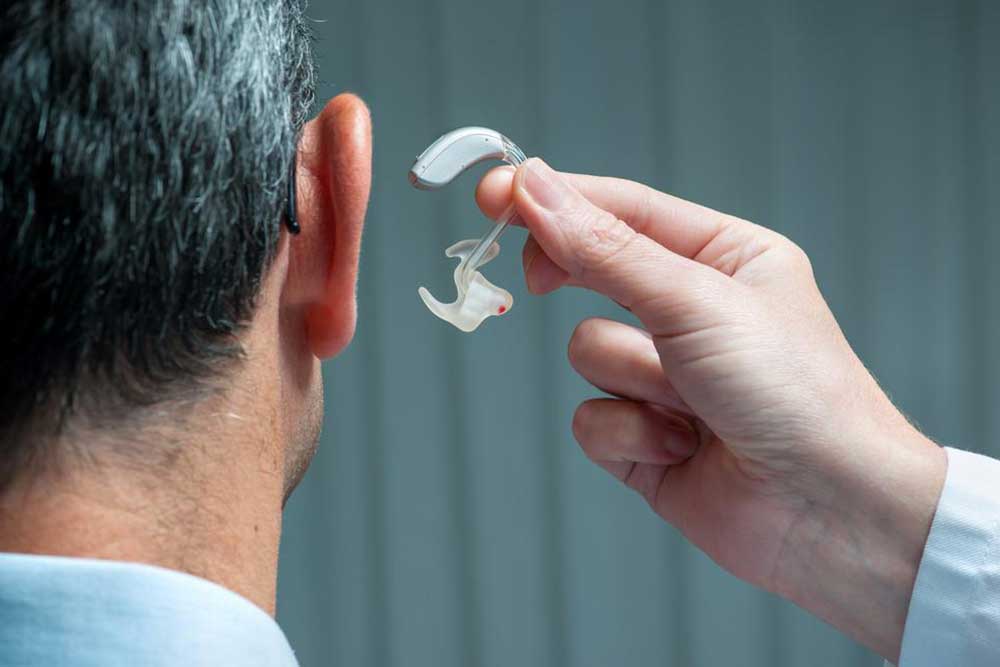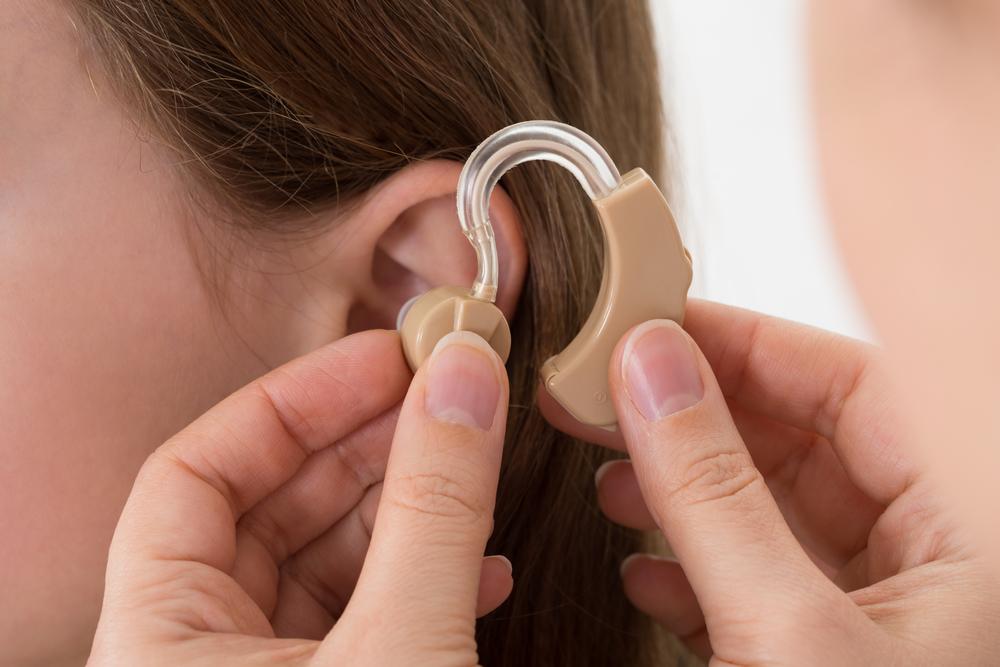Selecting the Perfect Digital Hearing Device for Your Needs
Find out how to select the perfect digital hearing aid tailored to your hearing loss level and lifestyle. Explore different types, their benefits, drawbacks, and pricing insights. A personalized approach ensures optimal hearing support and comfort.

Choosing the Ideal Digital Hearing Aids
If you find yourself frequently asking "What!" throughout the day, it might be time to consider a hearing aid. These devices don't cure deafness but enhance sound audibility by amplifying sounds. Digital hearing aids contain a computer chip with an amplifier that converts incoming sounds into digital signals, which are then processed based on your hearing loss level and environmental sounds. The processed signals are converted back into sound waves and delivered through speakers in your ears.
When selecting a digital hearing solution, customization to fit your ear size and lifestyle is essential, as there’s no one-size-fits-all approach.
There are six main types of digital hearing aids to consider:
Complete-in-the-Canal (CIC) Hearing Aids: These fit tightly inside the ear canal, making them almost invisible. They are suitable for mild to moderate hearing loss.
Advantages
Minimally noticeable and compact
Suppresses wind and background noise effectively
Limitations
Prone to earwax blockage
Limited controls and features due to small size
Uses small batteries with shorter lifespan
In-the-Canal (ITC) Hearing Aids: These are slightly larger, molded to sit within the ear canal for mild to moderate hearing loss.
They are easier to handle and insert easily.
Benefits
More accessible for handling
Convenient to put in and remove
Drawbacks
Susceptible to earwax clogging
Limited control over additional features due to size
In-the-Ear (ITE) Hearing Aids: Designed for moderate to severe hearing loss, these cover most of the outer ear. They come in full and half-shell styles.
Advantages
Easy to operate and handle
Accessible volume controls and battery compartments
Compatibility with larger batteries for longer life
Disadvantages
More visible in the ear
Picks up more environmental noise
Prone to earwax blockage
Behind-the-Ear (BTE) Hearing Aids: Suitable for diverse hearing loss, these devices feature a component that rests behind the ear connected via a tube to an earpiece.
Advantages
High amplification capability
Easy to handle and maintain
Disadvantages
Highly visible
Can pick up background noise
Receiver-in-Canal (RIC) Hearing Aids: Similar to BTE models but connected with a thin wire, making them less conspicuous.
The price for digital hearing aids varies starting around $1500, increasing with added features, accessories, remote controls, professional adjustments, warranty, noise reduction, and battery life. It’s advisable to opt for a trial period to determine the best fit for your needs.










